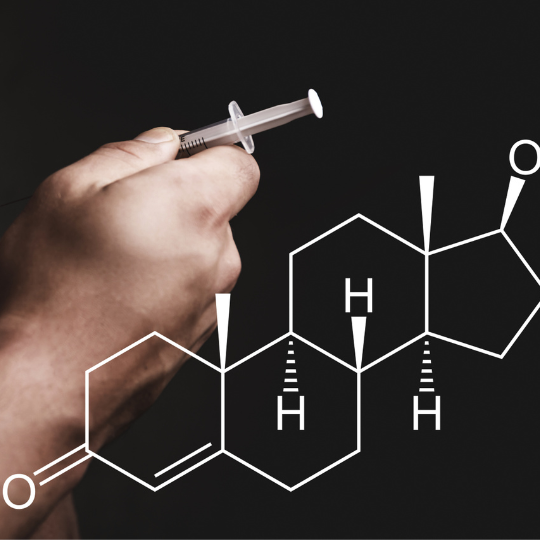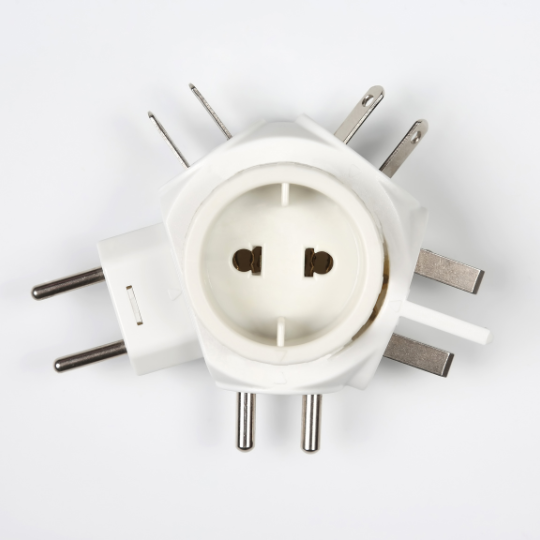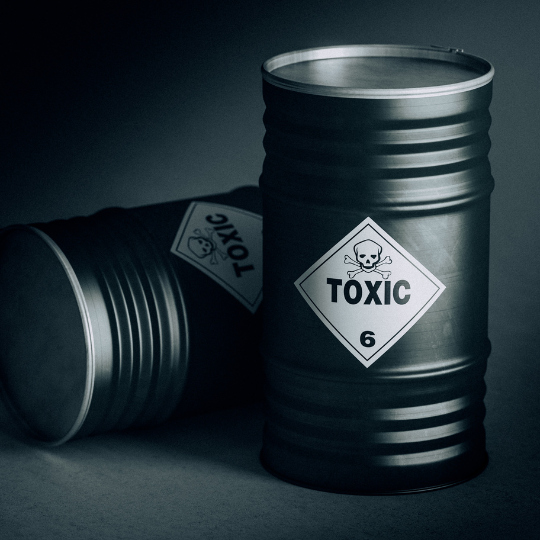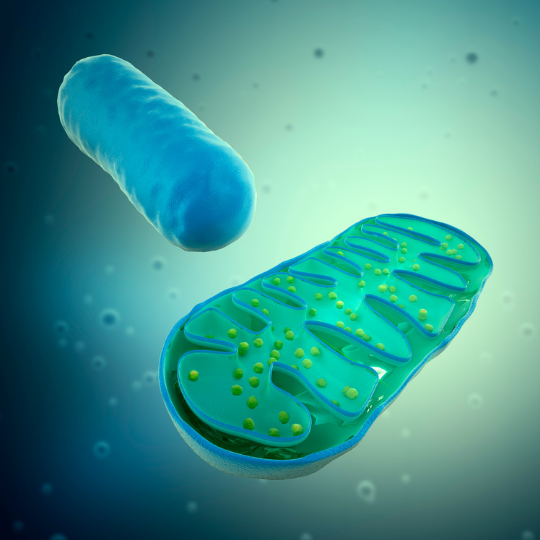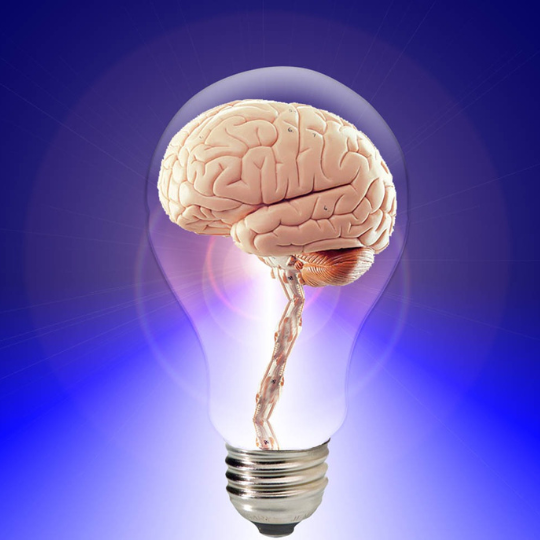Acetylation is a chemical process where an acetyl group (-COCH2) is added to a molecule. This process happens throughout the body and has a variety of outcomes. Acetylation plays a significant role in the liver, which is responsible for detoxification and the metabolism of drugs and other toxins (Speight, 2017). In this article, we are going to explain in more detail acetylation phase 2 liver detox (aka metabolism phase 2) and its impact on the body and overall health.
Phase 1 metabolism
Just to recap, phase 1 metabolism is carried out by the CYP450 enzymes superfamily. CYP450s are the major group of enzymes that chemically modify drugs, toxins and other foreign substances into their water-soluble products to facilitate the excretion by kidney and/or liver. Then, phase 2 metabolism comes along (Almazroo et al., 2017).
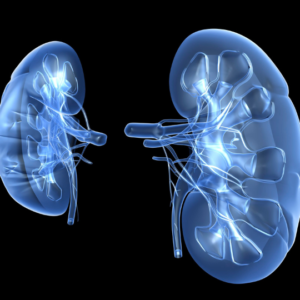
Phase 2 metabolism
During phase II metabolism, the metabolites from the previous phase are enzymatically conjugated with a hydrophilic endogenous compound with the help of transferase enzymes. These added molecules can be glucuronic acid, sulfate, or acetyl groups, to make them even more water-soluble and easier to excrete from the body (Almazroo et al., 2017).
Histone acetylation
One of the main mechanisms of phase 2 liver detox is the acetylation of histones. Histones are proteins that help pack up the DNA into compact structures known as chromatin, and then wrap it up in the chromosomes. Acetylation of histones can affect gene expression by modifying the structure of chromatin. This process can either activate or repress gene expression, depending on the specific genes and the acetylation status of their associated histones (Cai et al., 2021).
Acetylation of toxins
Aromatic amines are chemicals found in some drugs, dyes, and even on your burnt meat. Aromatic amines can be carcinogenic by damaging DNA. This is why it is important to remove them from the body as quickly as possible. Acetylation of this aromatic amines is very important. They are converted into more water-soluble compounds so they can be excreted easily.

Hydralazines are another type of chemicals that can damage the DNA and other cellular components and can be carcinogenic. These compounds are found in some pesticides and other industrial chemicals. By acetylation, hydralazines are turned into hydrazides, which can then be excreted easier (Almazroo et al., 2017).
It is crucial to remember that our body is not always perfect, and sometime liver’s acetylation phase 2 detox mechanisms can fail, especially when there is a lot of toxin load and foreign chemicals accumulated. This may result in the buildup of toxins in the body and may lead to health issues. It is crucial to eat good, exercise frequently and limit your exposure to toxins as much as possible, especially amines and hydralazines in pesticides.
Cortisol is yet another key hormone produced from Acetyl-CoA acetyltransferase (ACAT) driven lipid synthesis. ACAT is a key gene involved upstream of the acetylation process, which uses acetyl Co-A, the key molecule driving the acetylation process.
Enzymes and SNPs
There are a lot of enzymes that play a role in this detoxification process. Some of the most important ones are the following:
- N-acetyltransferases (NATs): they use as substrates hydralazines, para-aminobenzoic acids, para-aminosalicylic acids, etc.
- Sulfotransferases (SULTs): they use as substrate phenols, alcohols and amines.
If you are interested in how this enzymes work and what compounds they metabolize, you can read this article: https://linkinghub.elsevier.com/retrieve/pii/S1089326116300605
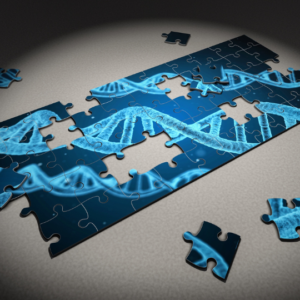
As you may know, enzymes are proteins, and proteins are the product of transcription and translation of DNA. So, SNPs in DNA that codify for these enzymes can affect the function of acetylation phase 2 enzymes. Some of the polymorphisms that have been identified that affect these enzymes are (Kurogi et al., 2021; Stanley & Sim, 2008):
- NAT1 C97T: related to low activity of NAT enzymes, so less acetylation
- SULT1A3: has been related to low copy number of SULT enzymes, possibly leading to brain diseases such as Alzheimer’s
- SULT1A2: the change of an Arginine amino acid to Histidine was related to different types of cancer such as brain, breast, gastric, lungs, etc.
Support your acetylation!
There are a lot of thing you can do to enhance your detox processes. One way is through lifestyle changes, such as eating a healthy diet, rich in fruits, vegetables and other plant-based foods. These foods contain antioxidants and other nutrients that can help support the detoxification process and protect against the harmful effects of toxins. Also, being stressed and higher levels of cortisol can induce the accumulation of toxins and make it harder for the liver to clear them all up. Easier said than done, but you’d want to improve acetylation via the ACAT gene mentioned above at the expense of cortisol production.
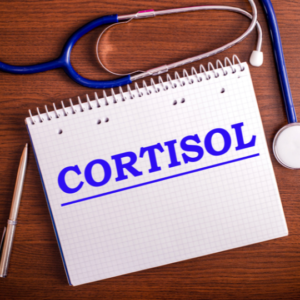
In addition to healthy habits, there are certain supplements that may help your acetylation processes to thrive. For example, milk thistle, N-acetylcysteine (NAC), and other antioxidants are very beneficial and support a lot of detox processes, including acetylation. Remember to always consult a health expert before embarking on any supplement regimen, as some may be quite powerful. You can contact us and we can seamlessly guide you through your genetic and metabolic optimization journey in your health improvement quest.
Remember to eat whole, healthy, nutrient-dense foods, exercise a lot and control your stress. An overall health comes from the inside out 😊
